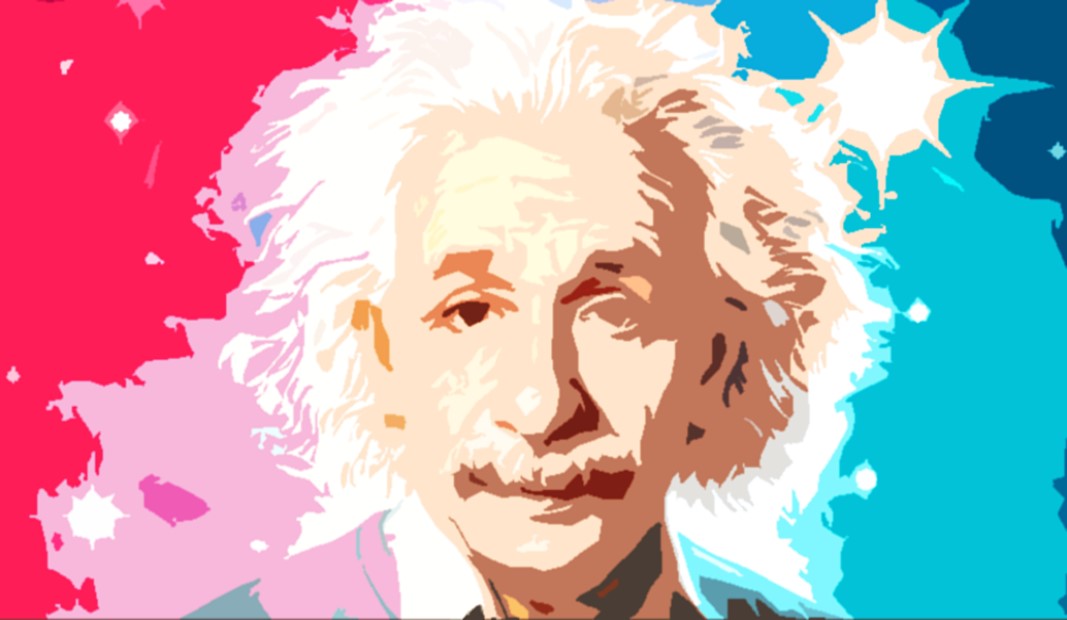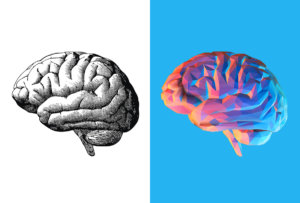Albert Einstein developed the Theory of Relativity in 1905. This groundbreaking theorem changed our perception of the world, overturning accepted scientific thought for centuries.

My favorite analogy for theory:
“You think it’s just one minute when you’re sitting with a pretty girl for two hours, but you think it’s two hours when you’re standing in front of a hot oven for a minute. That is relativity.” Albert Einstein
About Theory
The Theory of Relativity may seem like a complex mathematical solution to an esoteric problem to most of us. But how well does it explain the things we see in our daily lives?
First, some clarifications need to be made. We need to be a little more clear when we refer to the theory of relativity (Relativity).
The special theory of relativity states that the laws of physics are equal in the universe with respect to a stationary or non-moving object or observer. In a vacuum, the speed of light is constant regardless of many observers.
With this theorem, Einstein created a new framework for the whole world of physics and proposed new concepts of time and space.
But there was a problem, what about acceleration and gravity?
Einstein spent 10 years trying to add acceleration to the theory, and in 1915 he published his general theory of relativity. In his theory, he decided that acceleration causes a multiplication in space-time, which is felt as the gravity of large objects.
These special and general relativity theories can be considered collectively as the “Theory of Relativity”.
Theory; It helped explain the movement of planets, the effect of gravity on light, the existence of black holes.
The theory is not as complex as it seems, in fact it is surprisingly simple. First, there is no “absolute” reference, so it is relative. Every time you measure an object’s velocity, momentum, or transit time, it is always related to something else. Second, the speed of light is constant whether it is in motion or not. Third, nothing is faster than light.
Given all this, how can we see the effects of relativity in real life?
Let’s see…
1. Global Positioning System
Without compensating for the relative effects, a GPS unit that says it’s 0.8 km from the next gas station will be 8 km away after just one day.
“Special Relativity predicts that we should see time go slower, as an observer on the ground sees the moons in motion relative to them,” researchers from Ohio State University said. made the statement.

Why? How does GPS satellites move so fast (about 6,000 mph or 10,000 km/h) even though they don’t move at about the speed of light. The factor here is that they send signals to the Earth’s surface, which has a greater effect on gravity. This adds about 4 microseconds each day, resulting in an imperceptible relative time dilation, which can be up to 7 microseconds under the influence of gravity.
2. Not everything that shines is “gold”
Most metals are “shiny” because most lights; It is reflected by a light that is absorbed and re-emitted as electrons in the form of “jump and collapse” between orbitals of the atom.
However, gold is a very heavy atom. Their inner electrons move so fast (close to half the speed of light) that their mass increases and their length becomes shorter, according to the Theory of Relativity. This gives them more momentum and shorter paths.
These electrons have as much energy as those in the outermost orbital and therefore the longer wavelength is absorbed and reflected. This means that more light will be absorbed than “normal”, meaning that the end of the spectrum is blue. This means that the light reflected from gold has less of a blue and violet color.
Click here if you want to know more and I think it’s a great article.
3. Electromagnet

Electromagnets work by relativity. When DC current flows through a single wire, the conductive material is electrically neutral with no positive or negative charge. Next, let’s put another identical wire next to the first wire.
Assuming the currents are moving and of the same strength, in the same direction, the electrons in the first wire “see” the electrons in the second wire at rest. From the electrons’ point of view, the protons in both wires appear to be moving. Due to the narrowing in relative length, they appear to be more closely spaced, so there are more positive charges per wire length than negative charges, and the two wires repel each other due to the movement of charges.
Reverse the direction of the current in one of the wires, you will get the opposite effect and with the electromagnetic effect the wires will start pulling on one.
4. Back to the topic of gold
The theory of relativity (Relativity) affects not only the attractive color of gold. It also affects the ability of gold to react with other materials.
The gold atom has only one electron in its outer orbital (according to Bohr’s naive model), making it highly reactive (think calcium or lithium). Because gold is a very large or heavy atom, these electrons are kept close to the nucleus. This means that electrons are less likely to be affected by other atoms and are more likely to associate with other gold electrons closer to the nucleus.
5. Mercury

Mercury, like gold, is a very heavy atom. Under it, electrons are kept close to the nucleus (and thus have more velocity and mass than expected). This means that the interatomic bonds are weak enough for mercury to have a lower melting point than other metals and therefore exist in a liquid state on Earth.
6. Old TVs

Older televisions had a technology called the cathode ray tube. These would work by throwing electrons at a phosphor surface using a large magnet. Each electron was equal to a luminous pixel on the screen. These electrons travel at about 30 percent the speed of light, and their relative effects need to be compensated for when designing the shape of the magnets.
7. Light

Isaac Newton proposed that there is absolute stasis in the Universe. If this is true, there should be no light at all.
Andrew Moore of Pomona College explained:
Not only would there be magnetism, there would be no light either, because relativity requires that changes in an electromagnetic field move instead of instantaneously because if relativity doesn’t fulfill this requirement, changes in electric fields would be instantly transmitted… instead of electromagnetic waves, both magnetism and light would be superfluous.
8. Our Existence

All the matter in our solar system came from a massive supernova star before the sun came into existence. We are the children of this dead big star and all heavy atoms were created and produced in Supernovas.
Supernovas occur when relativistic effects overcome quantum effects in giant stars. The outer layers of a star collapse towards the core. This then creates elements heavier than iron, causing explosions. In fact, it explains the formation of all the heavy element atoms with which we are familiar today.
9. (and 10). Nuclear Energy and Sunlight

From nuclear power plants to our own star, the Sun, the equation E = MC2 describes the phenomenon of mass and energy that are interconnected and interconvertible. Without it, we wouldn’t have nuclear power, and more importantly, we wouldn’t have sunlight.
interestingengineering.com

Technical and Technological Sharings and Everything About Life… Stay tuned 🙂















